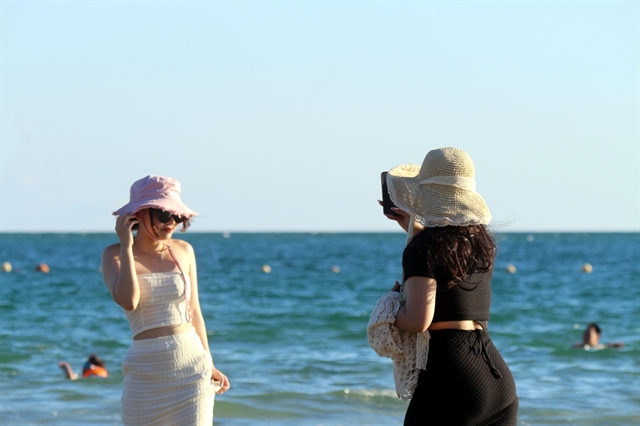 Travel
Travel
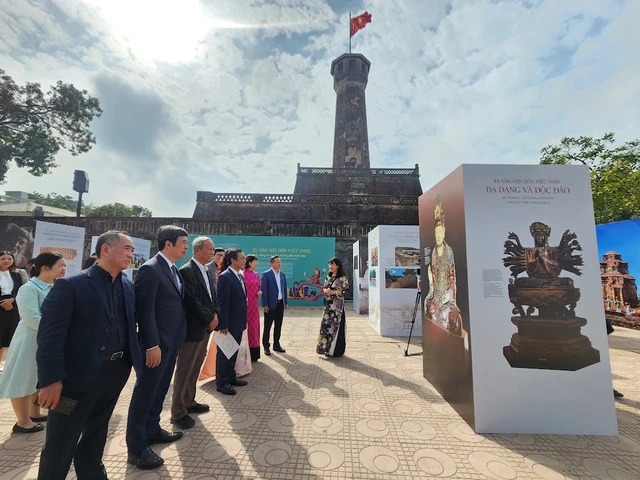
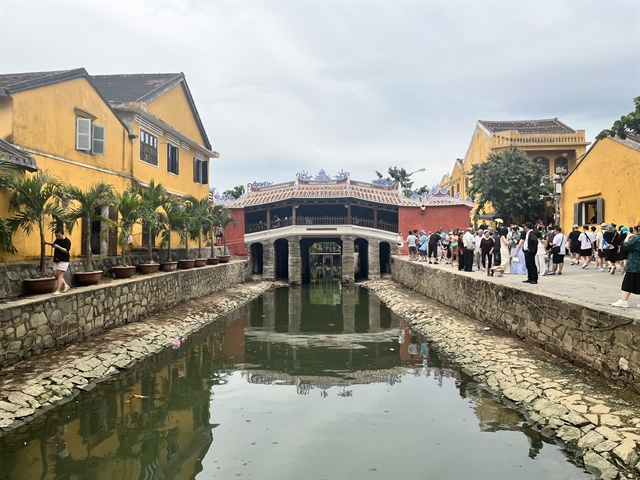 |
| The iconic Japanese Bridge is sandwiched between Trần Phú and Nguyễn Thị Minh Khai streets in Hội An ancient town. VNS Photo Công Thành |
HỘI AN — The ancient city of Hội An has launched a pilot plan on building the first zero plastic and pedestrian streets, as part of the project to create an eco-city, based on cultural and sustainable tourism, with a vision to become a ‘green’ and ‘smart’ city by 2050.
Vice Chairman of Hội An People’s Committee Nguyễn Thế Hùng said the pilot will begin across two streets – Trần Phú and Nguyễn Thị Minh Khai in the Old Quarter – in 2024 before expanding to the other streets.
A report from the city showed the area has 236 household businesses – of which half are garment, leather, bags, souvenir and soft drink sellers – on the two key pedestrian routes.
Trần Phú, which was voted as one of the 71 most beautiful streets in the world by Architectural Digest, a prestigious architecture magazine in 2024, has 168 façade houses.
It is a major street with favourite destinations and some of the oldest houses in the city, leading onto the iconic Japanese Bridge.
The authorities of Hội An said all household business services in the two streets will be asked to start waste classification at source, while saying ‘No’ to single-use plastic cups, straws and bags, as well as signing up to wastewater treatment.
It said all the shops will be required to list the prices of all their products and services and will be banned from harassing visitors and will be asked to leave the pavements free.
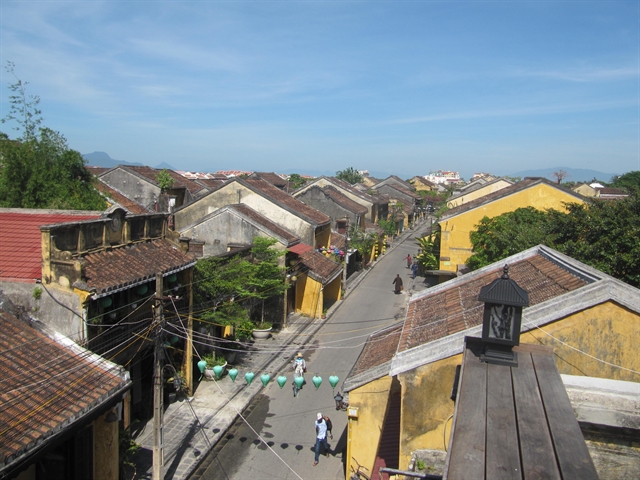 |
| Trần Phú street in Hội An preserves many old houses built centuries ago. VNS Photo Công Thành |
Currently many of the shops illegally occupy the pavement with goods and advertisement panels, while fake and unclear original certificate products still remained at shops, the city said.
The pilot comes as the city launches a campaign of raising awareness of good-natured behaviour and hospitality and promoting a friendly tourism environment.
The good behaviour campaign introduced a code of conduct for local residents, promoting gentle manners when hosting tourists in public sites, restaurants and destinations in the quarter.
There are around 3,000 residents living in the Old Quarter and many families have preserved their ancestors’ traditionally polite behaviour.
Hội An -- declared a world heritage site by UNESCO in 1999 -- has already pedestrianised an area in the west of the city, banning vehicles from 9am to 11am and from 3pm till 9:30pm during the rainy season and 10pm in summer.
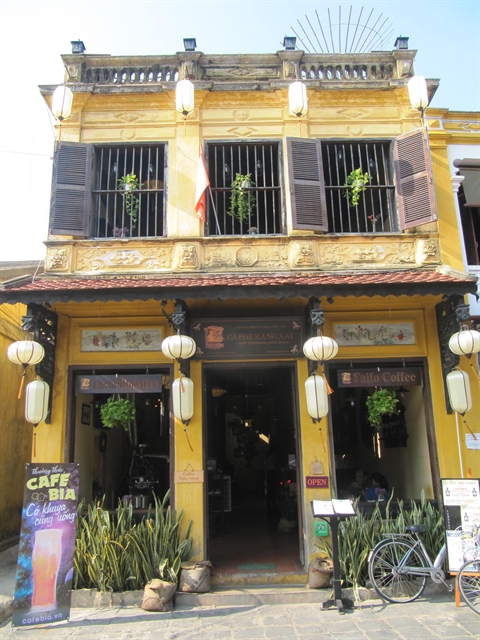 |
| An old house in Trần Phú Street is used for business. It offers coffee and soft drinks as well as snacks for visitors. At least 236 houses in the Old Quarter are used for trading and restaurant services. VNS Photo Công Thành |
The town has 1,439 relics and old houses, of which 80 per cent are in the Old Quarter.
Hội An City officially became a member of the UNESCO Creative Cities Network (UCCN) in the Crafts and Folk Art category in 2023.
A series of traditional festivals in the old town have been recognised as national heritages including the Mid-Autumn Full Moon Festival and the annual Nguyên Tiêu (full moon of lunar January) Festival, as well as Thanh Châu bird's nest, Thanh Hà Pottery Village, the carpentry trade of Kim Bồng Village and the Trà Quế vegetable garden.
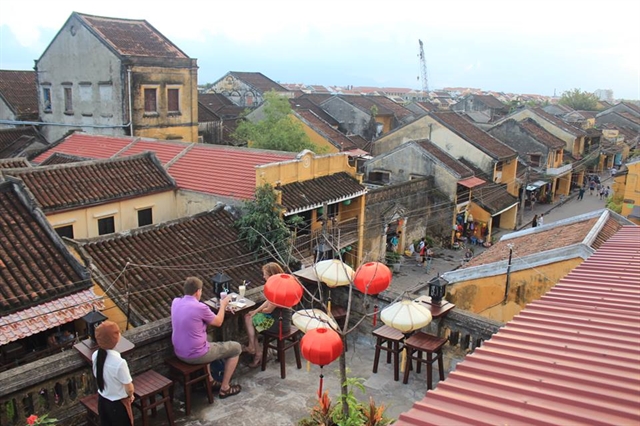 |
| Visitors enjoy coffee at an old house in Hội An town. Trần Phú and Nguyễn Thị Minh Khai streets have been turned into pedestrian zones. Photo courtesy of Faifo Hội An |
Hammock weaving from tree bark (Firmiana colorata) and the craft of making houses from bamboo and nipa-palm in Chàm Islands and Cẩm Thanh commune were also listed as national intangible heritages.
Hội An became the first city in Việt Nam to ban dog and cat meat following an agreement with the Four Paws animal charity organisation. — VNS




